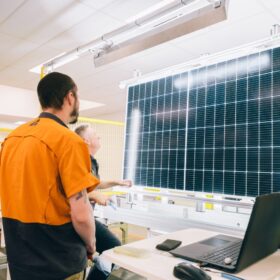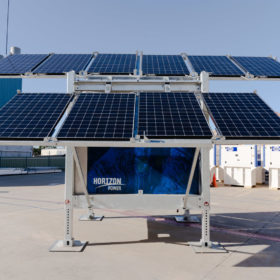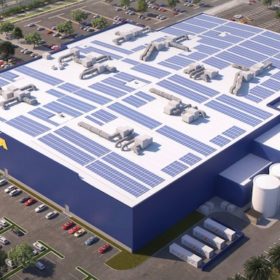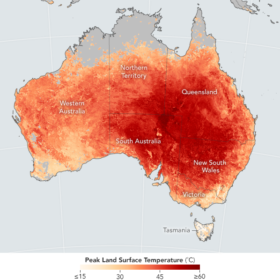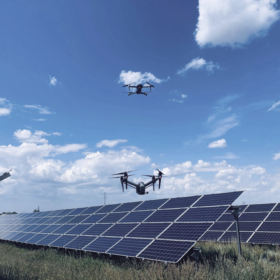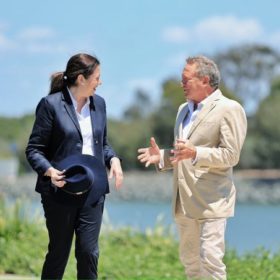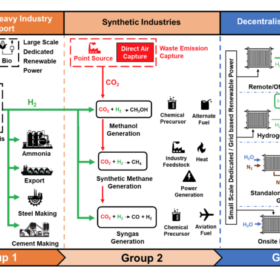Australian solar manufacturing through the looking glass
The Silicon to Solar report, partly funded by the Australian Renewable Energy Agency, outlines ways to restore solar manufacturing to the nation with a little help from the country’s major trading partner – China.
Drone imaging tech enhances solar performance
Drone-mounted imaging of solar farm performance at the rate of one panel per second reduces the cost of current ground-based sampling methods by up to 20 times. A new strategic Australia-Singapore partnership is helping to ensure the output of PV assets is always at peak.
Weekend Read: Giga and giga
pv magazine Australia’s Natalie Filatoff reports on the benefits of planning vast solar project pipelines, and the barriers faced by those who dare to dream big.
The weekend read: Cloud looms over PV’s silver lining
Should heterojunction solar technologies be temporarily shelved? Could copper plating replace screen-printed silver conductive surfaces in cells? Why are tandem cells a likely successor to PERC? Brett Hallam recently sat down with Natalie Filatoff in Sydney to explain the findings of a new study by UNSW that sought to answer these controversial questions.
Distribution networks to shrink as safety, reliability of standalone solar improves
Western Australia leads the world in successfully implementing renewables-based generation for far-flung customers. Boundary Power has been widely recognized for its innovations and is ready to repeat its successes with standalone power systems across Australia and the Asia-Pacific.
Control platform takes commercial PV off grid so it can sell services, energy back to network
EleXsys Energy’s technology allows the controlled flow of excess energy from distributed rooftop-solar generators to help stabilize global grids as they increasingly transition to renewables. The world could feel the positives of mass transition to solar within five years.
Future climate scenarios to adversely affect Australia’s PV capacity
Australia is blessed with an incredible solar resource, but it will be diminished by global warming.
Drones, software key for intelligent PV plant monitoring
Mobile test equipment is a must for fault detection and performance monitoring of large-scale PV installations. The Australian PV Institute has contributed to an international review of available aerial and portable ground-based technologies, and how to deploy them for reliable, relatable results.
Fortescue Future Industries to build 2 GW hydrogen electrolyser plant in Australia’s Central Queensland
From iron ore magnate to renewable energy mogul, Dr. Andrew ‘Twiggy’ Forrest intends to produce everything he needs to turn the world away from fossil fuels to green hydrogen. The latest? A renewable energy infrastructure manufacturing facility in Aldoga, near Gladstone in Central Queensland.
Australian engineer develops tech to produce green ammonia from air, water, PV
Chemical engineer Rose Amal arrived in Australia from Indonesia 38 years ago to study at UNSW. Now her leadership and research are contributing to a new sustainable economy for Australia and clean fuels for energy-hungry industries.

